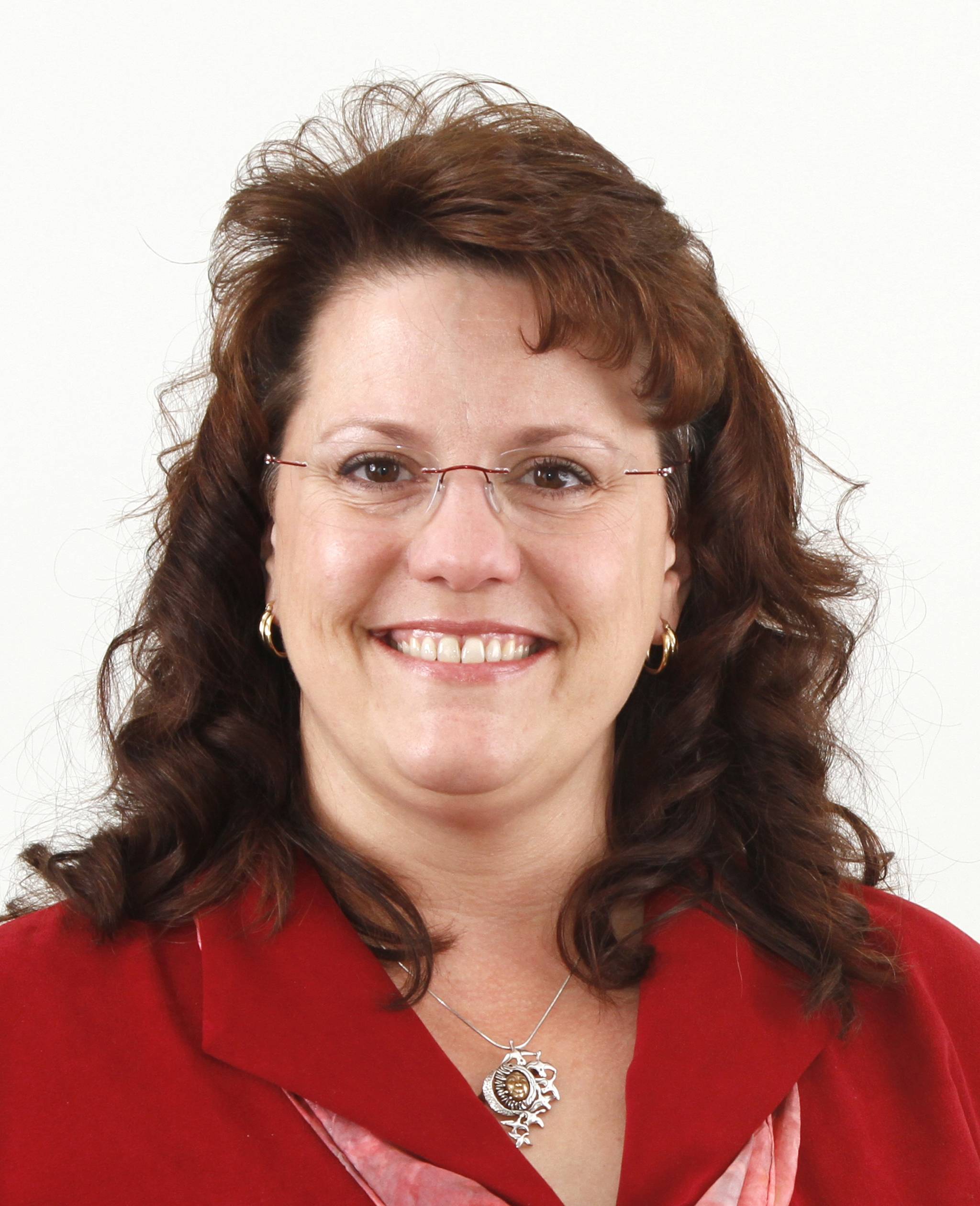By Corri Feige
Satellites, LIDAR, high-altitude observation aircraft and powerful geographic information system computers are miracles of the modern age that can generate enormous quantities of data about Alaska’s land and resources to guide important activities like resource development, municipal and transportation planning, wildlife management, public safety and more.
These powerful tools are enhanced by a coordinated effort to make such data readily available and easy to use. That’s where the Alaska Geospatial Council comes in.
The 12-member council includes seven state and three federal officials, plus representatives from the University of Alaska, Native corporations and municipalities, charged with improving geospatial information availability and use in Alaska. It’s worked since 2015 under the Department of Natural Resources’ Division of Geological and Geophysical Surveys to eliminate redundant effort and expense, modernize state geospatial data holdings and hardware, acquire and make geospatial data widely available, and implement a statewide geospatial strategic plan.
“Geospatial” means “location on the earth.” Information identifying what the earth contains, and precisely where it is located, is essential for many important activities in a large, pioneer state like Alaska. Geospatial datasets may show the contours of the land, the size and distribution of lakes and rivers, or the precise shape of coastlines, for example.
Integrating such data into other land management tools helps us make better decisions about how to use and conserve our resources. This is especially important in the nation’s largest and most northerly state, with extreme and varied landscape, unrivaled natural resources, limited infrastructure, and significant needs.
One of AGC’s most important functions is coordinating with federal agencies like the U.S. Geological Survey (USGS) to identify the most valuable data to acquire, help design, fund and conduct the surveys, and then share the results. Coordinating Alaskans’ many voices through the AGC amplifies Alaska’s influence in supporting the flow of federal funds to best serve our state’s needs.
AGC has worked closely with Alaska’s federal congressional delegation – Sens. Lisa Murkowski and Dan Sullivan and Rep. Don Young – in encouraging federal agencies to coordinate with the AGC, and to direct federal funds to help acquire geospatial data to serve Alaska’s priorities.
As chair of the AGC, I am proud of its accomplishments. AGC recently completed a 10-year, $70 million effort to use high-altitude airplanes to obtain full digital elevation data –
from the mudflats to the mountaintops – for the entire state. USGS led the project, with support from the Bureau of Land Management, U.S. Fish & Wildlife Service and U.S. Forest Service. Among its many applications, this dataset will serve as the foundation of a new generation of topographical maps of Alaska due in 2021. That’s geospatial information every Alaskan will be able to use for hunting, hiking and backcountry exploring.
AGC was also at the forefront of Alaska’s response to President Donald Trump‘s 2018 executive order calling for thorough mapping of the nation’s coastline and 200-mile Economic Exclusion Zone. AGC helped develop a coastal mapping strategy, established a coastal working group to prioritize coastal mapping areas, and has coordinated with the National Oceanic and Atmospheric Association to adopt a plan that in 2021 will start producing a more accurate map of Alaska’s coastline. This project is critical in charting coastal erosion and providing ships with updated hazard information.
Recently, AGC successfully launched a most exciting interactive product: the “Open Data Geoportal.” Available at http://gis.data.alaska.gov/, it’s a one-stop website where users can discover, access and share data, maps and applications from a broad range of sources managed by local, state and federal organizations. It includes data on economics, public health, education, government, energy, environment, and even COVID-19.
As almost everyone agrees, Alaska is truly the “Great Land.” The Alaska Geospatial Council is working diligently and successfully to help expand our detailed knowledge and understanding of just how great our land really is. For details on AGC and its work, visit: http://agc.dnr.alaska.gov/.
• Corri A. Feige is commissioner of the Alaska Department of Natural Resources.Columns, My Turns and Letters to the Editor represent the view of the author, not the view of the Juneau Empire. Have something to say? Here’s how to submit a letter to the editor or My Turn.

